
Gauze bandages are common and very versatile thin, woven, and breathable fabric bandages that can be used to secure a dressing in place, or may be placed directly over a wound to keep it clean while allowing air to penetrate to improve the healing process. Available in many sizes, some bandages are pre-saturated with nontoxic hydrogel or other antiseptic materials.
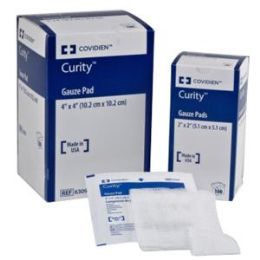
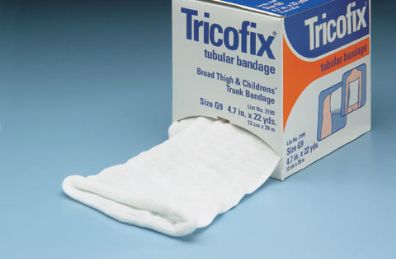

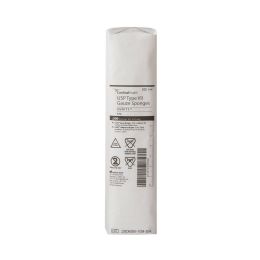
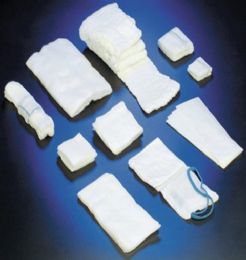
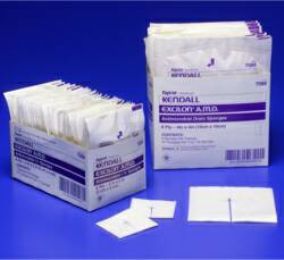
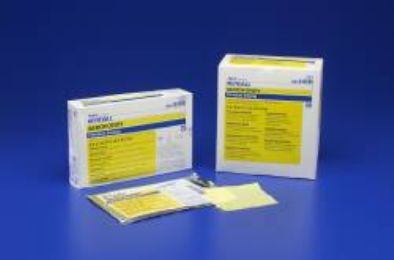
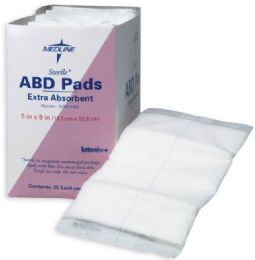
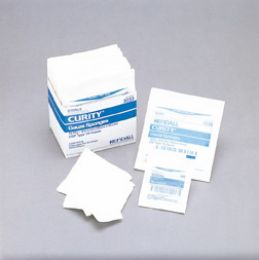



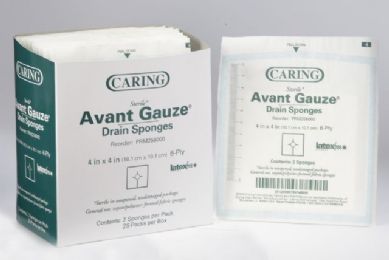

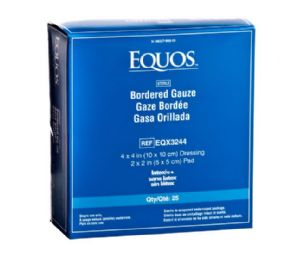
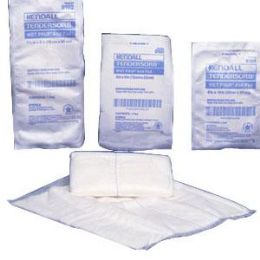
.jpg&newheight=260&quality=80)
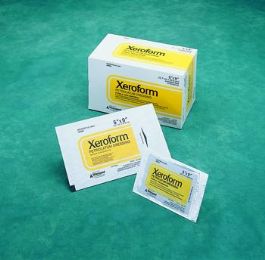
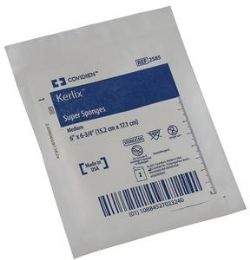

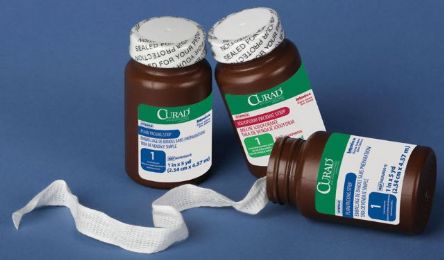
What are Gauze Bandages?
A gauze bandage is a thin, woven fabric that is placed over a wound to keep it clean so air can penetrate and improve healing. It can be used directly on a wound or it can secure a dressing in place. This type of bandage is very common and available in many sizes, and is good for hard to reach areas which may be difficult to dress. First aid kits usually contain a few single gauze squares and a roll of gauze bandage to treat injuries. A gauze bandage is extremely versatile and can cover a wound on any part of the body. For example, it works well on head injuries, burns, and large lacerations that need more than a simple bandage. At home, a gauze bandage can cover scrapes on the elbows or knees, and cuts on the hands and fingers. In a healthcare setting, medical professionals utilize it to cover surgical sites.
Some gauze bandages are pre-saturated with a nontoxic hydrogel that absorbs fluid from draining wounds and helps debride necrotic tissue. Others are bonded with a perforated non-adherent film with adhesive strips to stick to the skin. Different types contain an antiseptic with a broad range of effectiveness against microorganisms. Zinc oxide is another ingredient that is in some bandages to soothe irritated skin while it heals.
A gauze bandage may have a distinct design, such as one for drains that has a pre-cut T-slit so a healthcare worker can simply open it and put it in place around a drainage tube, catheter, chest tube, IV, or tracheotomy. This enables the sponge to conform snugly around the drain to absorb fluid and reduce infections. Eye gauze pads are typically oval and contoured to fit well over the eyes, but can be utilized for wounds in other places. ABD pads are helpful for large incisions and trauma sites or over heavily-exuding wounds to provide cushioning. Some have three layers for good absorbency, such as a soft nonwoven outer layer, an absorbent fluff filler layer, and a wet-proof moisture barrier layer.
When using a roll of gauze, the end is placed over the wound dressing and then wrapped around its location. To keep it in place, the ends of the gauze can be tied together or taped to secure it. Also, it can control bleeding by wrapping and tying tightly for compression. Medicine can be applied to the gauze before placing it directly onto a wound when an adhesive bandage is too small to cover the laceration. Like all bandages, it should be changed regularly to avoid infection for proper healing.
Some gauze rolls contain a medicine to resist microorganisms from colonizing within the dressing and reduce bacterial penetration through the dressing. Other rolls have a clear hydrogel that maintains a moist wound environment while it absorbs fluids. Another type of dressing clings and conforms to the body without adhesive and also prevents dry gauze from sticking to the wound by containing a petroleum base within the gauze. Some gauze rolls are tubular to fit easily over fingers or toes when wrapping may be difficult. For convenience, a bandage roller can be mounted on the wall or the side of a cart to quickly and neatly dispense a roll of gauze when needed.
Rehabmart is proud to carry a comprehensive assortment of superior quality gauze bandages from experienced and credentialed medical vendors, which include North Coast, McKesson Medical-Surgical, Independence Medical, Medline, Patterson Medical, and BSN Medical.
Hulet Smith, OT
Rehabmart Co-Founder & CEO
lb